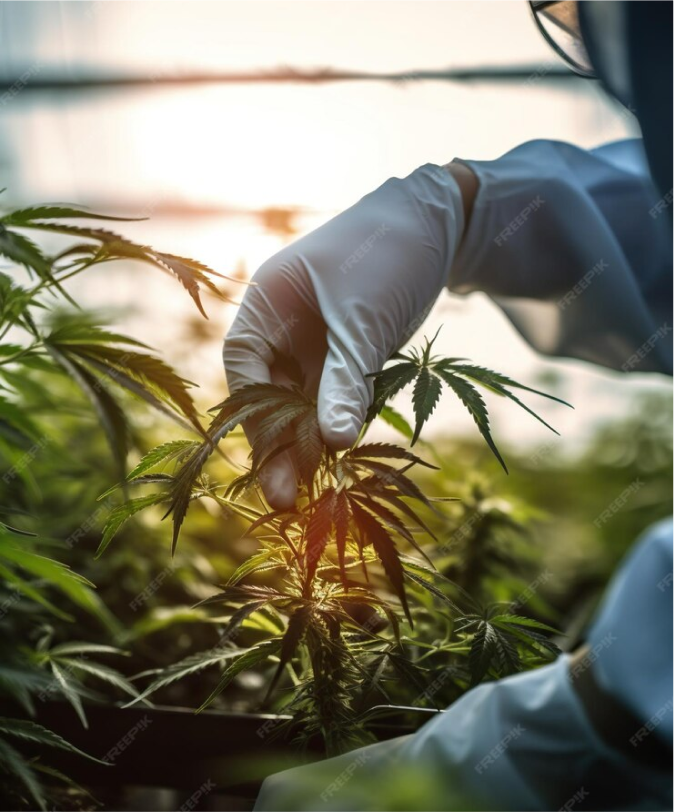Hydroponic gardening is an efficient and effective way to grow plants indoors or in limited space, offering faster growth and higher yields. However, like any other system, hydroponics requires regular maintenance to ensure optimal performance and healthy plants. Proper maintenance also helps to troubleshoot any issues that may arise before they become bigger problems. Here are eight tips on how to maintain and troubleshoot your hydroponic system to ensure your plants thrive.
1. Regularly Check pH and Nutrient Levels
One of the most crucial aspects of a hydroponic system is maintaining the proper pH and nutrient levels. The pH level affects nutrient absorption, and plants can become nutrient-deficient or over-fertilized if the pH is off. Check your system’s pH regularly using a pH meter or pH test kit, and adjust it if necessary. Ideal pH levels typically range from 5.5 to 6.5 for most hydroponic plants. Similarly, monitor the nutrient concentration, which can be measured using an EC (electrical conductivity) meter. If the levels are too high or too low, your plants may not grow optimally.
2. Inspect the Water and Nutrient Reservoir
The water reservoir in your hydroponic system should be checked frequently to ensure it is clean and the nutrient solution is balanced. Over time, the nutrient solution can become diluted or contaminated, which can negatively affect plant growth. Regularly replace the water and nutrient mix (every 1-2 weeks) to prevent build-up of salts, algae, or pathogens. Ensure the reservoir is also free of debris that could clog the system or cause problems with water circulation.
3. Clean the System Regularly
To prevent blockages and nutrient build-up, cleaning your hydroponic system is essential. Drip lines, pumps, and grow trays can accumulate salts, minerals, and algae, which can hinder plant growth or clog parts of the system. Clean all components, including pipes, tubing, and pumps, every few weeks. Use a mild, non-toxic cleaning solution or white vinegar to remove mineral deposits and ensure everything is free from blockages. Regular cleaning also helps reduce the risk of mold and bacteria growth in your system.
4. Monitor Water Temperature
Water temperature plays a vital role in the health of your plants. If the water temperature is too high or low, your plants may suffer from stress, leading to poor growth or even plant death. Ideal water temperature ranges between 65°F and 75°F (18°C – 24°C). If the water is too warm, oxygen levels may drop, harming root development. If it’s too cold, plant metabolism slows down. Use a water thermometer to monitor the temperature and adjust your grow space’s climate accordingly.
5. Check for Clogged Pumps and Filters
Over time, your hydroponic system’s pumps and filters can become clogged with algae, nutrient build-up, or debris. Clogged pumps can prevent the efficient flow of water and nutrients to your plants, leading to poor growth. Ensure that pumps are running smoothly by checking them regularly. If they become clogged, disassemble and clean them thoroughly. It’s also essential to clean and replace filters in your system to ensure optimal water filtration and nutrient delivery.
6. Inspect Your Plants Regularly for Pests and Diseases
While hydroponic systems are less prone to pests and diseases compared to soil-based gardening, they are not immune. Keep a close eye on your plants for signs of pests, mold, or nutrient deficiencies. Yellowing leaves, stunted growth, or wilting can indicate nutrient imbalances or environmental stress. Insect pests, such as aphids or spider mites, can still invade your indoor hydroponic system. Use natural pest control methods like neem oil or insecticidal soap if you detect any issues. Early detection is key to preventing a minor problem from turning into a major one.
7. Check for Leaks and Ensure Proper Water Flow
Leaks in your hydroponic system can lead to water wastage and uneven nutrient delivery, affecting plant health. Check your system regularly for any leaks, cracks, or loose connections, especially in the tubing, pumps, and reservoir. If you notice any issues, address them promptly by sealing leaks or replacing faulty parts. Proper water flow is essential for distributing nutrients evenly throughout your system, so ensure the water is circulating efficiently in all parts of your system.
Troubleshoot Common Issues
Even with regular maintenance, issues can still arise in your hydroponic system. If you notice problems such as yellowing leaves, slow plant growth, or wilting, consider troubleshooting the following common issues:
- Nutrient Deficiency: If plants aren’t thriving, they may not be receiving enough nutrients. Check nutrient levels and ensure the solution is properly mixed.
- pH Imbalance: If your plants are showing signs of nutrient lockout (yellowing leaves, poor growth), check the pH levels and adjust them if necessary.
- Water Flow Problems: If the water is not flowing efficiently, check for clogged pumps or filters, and ensure the system’s components are clean.
By being proactive and staying on top of your system’s maintenance, you can easily troubleshoot these issues and prevent them from becoming bigger problems.

